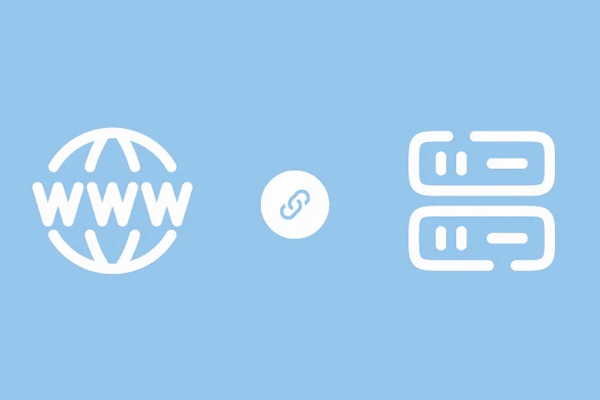Can the original owner still use the domain name after it is transferred?

With the rapid development of the Internet, domain names are important identifiers for enterprises and individuals on the Internet, and their ownership changes often occur. When a domain name is transferred to a new owner, can the original owner continue to use the domain name? This is an important issue involving rights and responsibilities after the domain name transfer.
First, it is necessary to understand the basic concept of domain name transfer. Domain name transfer refers to the transfer of ownership of the domain name by the current domain name registrant (i.e., the domain name owner) to another person or entity. This process usually needs to be completed through a domain name registrar or a professional domain name trading platform, and will involve a series of legal and technical procedures.
When the domain name transfer is completed, the following is what the original owner needs to know:
1. Transfer of use rights:
Generally speaking, the actual right to use the domain name will be transferred to the new owner with the transfer of ownership. This means that the new owner has the right to manage and control the domain name, and can determine the domain name resolution settings, server pointing, and website content.
2. Restrictions on the original right of use:
The original owner usually no longer has direct management and control rights, such as being unable to modify the domain name registration information or transfer the domain name again. After the transfer of ownership, the original owner is no longer technically able to directly operate the domain name.
3. Possible contractual constraints:
If a relevant agreement or contract is signed between the two parties during the domain name transfer process, the contract may contain an agreement on whether the original owner can continue to use the domain name. For example, it can be agreed that the original owner can continue to use the domain name for a certain period of time until the new owner is ready to take over.
4. Laws and regulations:
Different countries and regions may have different legal provisions and terms for the transfer of domain name ownership. In some cases, the law may protect certain rights of the original owner or restrict the behavior of the new owner, which requires specific analysis based on the specific circumstances.
In summary, after the domain name is transferred, the original owner usually no longer has direct management and control rights, and the actual right of use will be transferred with the control of the new owner. Therefore, before the domain name transfer, it is recommended that both parties fully understand and confirm the relevant rights and responsibilities to avoid unnecessary disputes and misunderstandings. Timely communication and consultation with professionals (such as legal advisors or domain name experts) can effectively avoid risks and protect their own rights.
Domaincn.com Committed to providing fair and transparent reports. This article aims to provide accurate and timely information, but should not be construed as financial or investment advice. Due to the rapidly changing market conditions, we recommend that you verify the information yourself and consult a professional before making any decisions based on this information.

